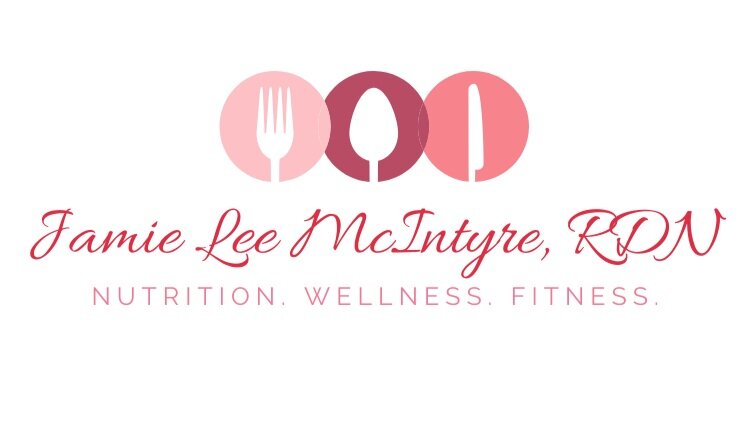Do You Need a Snack? How to Choose Balanced, Healthy Snacks
When you stroll through the snack aisle at the grocery store, you’ll find cookies, pretzels, and chips — but don’t be fooled! Most of these options are not true snacks that fuel your body well. So, what actually makes a snack “healthy,” and when should you eat one?
Why Snacks Are Important for Energy and Blood Sugar
Several hours after eating a meal, blood sugar levels naturally drop. In response, your body releases hunger hormones, signaling that it’s time to refuel.
When you ignore these signals, hunger hormones build up — which can lead to:
Cravings for high-sugar, high-fat foods
Overeating or binging at your next meal
Fatigue, irritability, and difficulty focusing
The solution? Plan a balanced snack at the midpoint between your two meals that are farthest apart. For some people, that’s mid-morning; for others, mid-afternoon. If you’re busy, try setting an alarm on your phone as a reminder to pause for a nutritious snack.
What Makes a Snack Balanced?
A balanced snack should:
Provide protein to keep you full
Include a fiber-rich carbohydrate for steady energy
Avoid spiking your blood sugar (which can lead to an energy crash later)
The perfect formula is simple: Pair a protein with a fiber-containing carbohydrate.
Here are some quick snack pairings to try:
Protein Source
¼ cup unsalted almonds
Part-skim cheese stick
6 oz Greek yogurt (plain or lightly sweetened)
1 hard-boiled egg
1.5 Tbsp peanut butter
½ cup edamame
5 oz cottage cheese
Fiber-Containing Carb Source
Apple or pear
2 clementines
1 cup berries
15 whole-grain crackers
½ whole-wheat wrap
¼ cup cooked brown rice or quinoa
1 cup grapes
Nutrition Bars: A Convenient Option
Sometimes you need something grab-and-go. Nutrition bars can be a great option, but choose carefully. Look for bars that have:
3+ grams of fiber
8–12 grams of protein
Low added sugar (less than 8–10g when possible)
Some good choices include Kind Protein Bars, RX Bars, and Clif Bars — but always check the label to make sure it meets your nutrition goals.
Don’t Forget to Hydrate
Snack time is also a great time to check in on hydration. Drink 8–16 oz of water, seltzer, or herbal tea with your snack to help you feel satisfied and avoid mistaking thirst for hunger.
Easy DIY Protein Energy Balls
Make your own nutrient-packed snack at home with this simple recipe:
Ingredients:
½ cup natural peanut butter
¼ cup honey (or maple syrup for vegan)
1 tsp vanilla extract
2 scoops whey, soy, or pea protein powder
2 Tbsp finely ground flaxseed
4 Tbsp flax & chia blend
3 Tbsp unsweetened coconut shreds
3 Tbsp mini chocolate chips
Directions:
Mix peanut butter, honey, and vanilla until smooth.
Add remaining ingredients and mix until dough forms.
Roll into 15–20 small balls. If mixture is too dry, add a splash of almond milk.
These make the perfect grab-and-go snack for busy days and are customizable with dried fruit like cherries or dates for natural sweetness.
Bottom Line
Healthy snacks aren’t about mindless grazing — they’re about fueling your body strategically between meals to keep your energy, mood, and blood sugar stable. Plan ahead, pair a protein with a fiber-rich carb, and stay hydrated to make the most of snack time.

